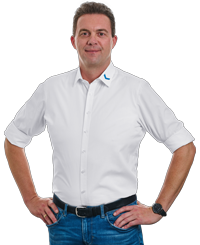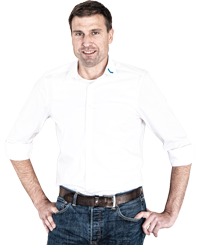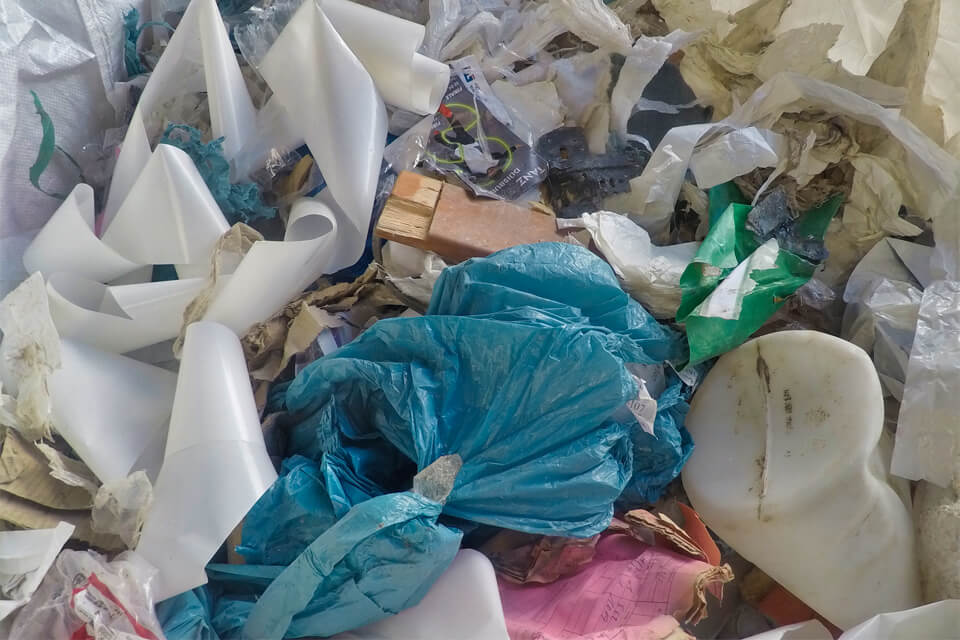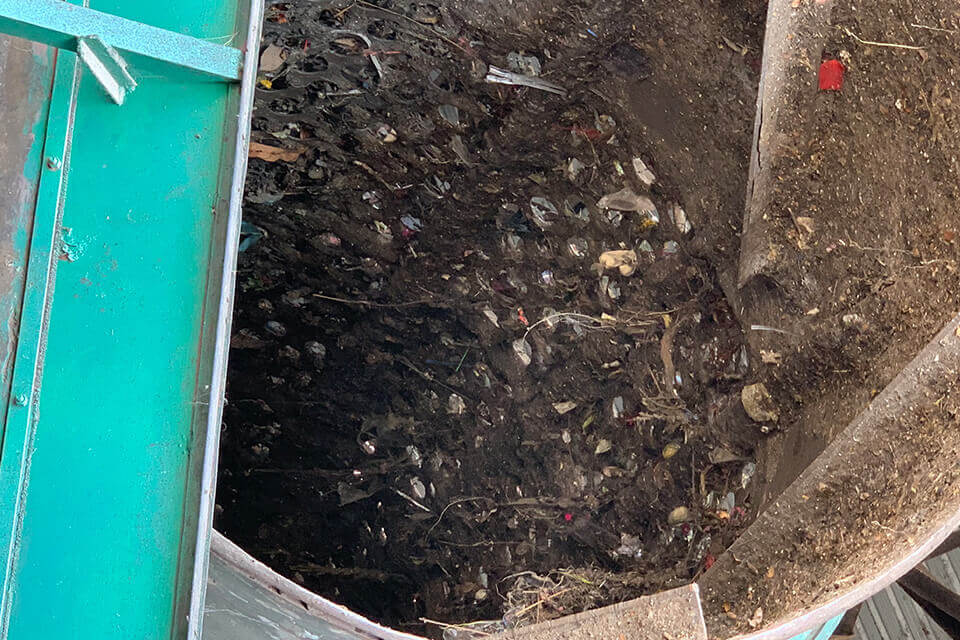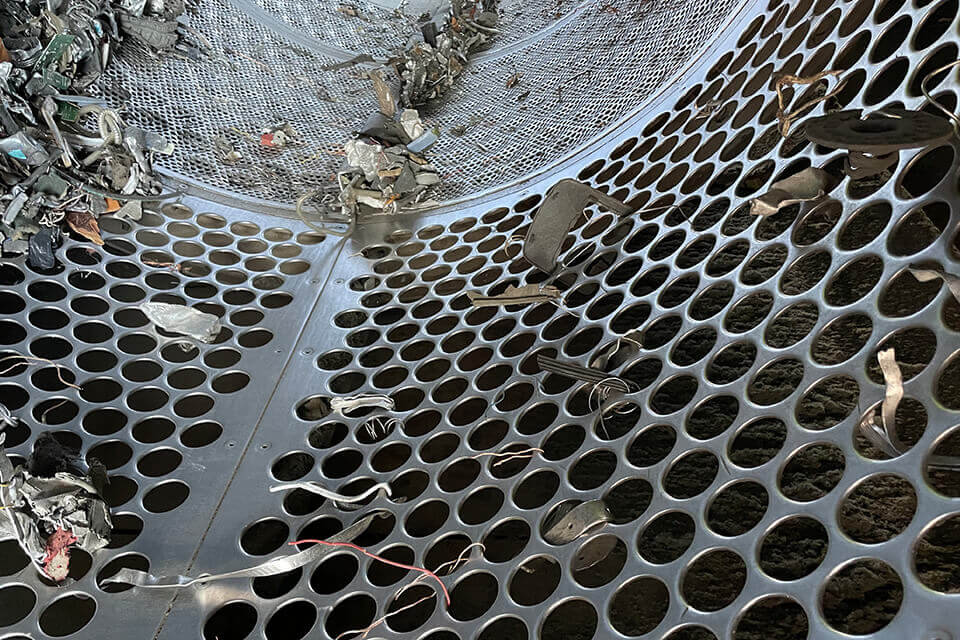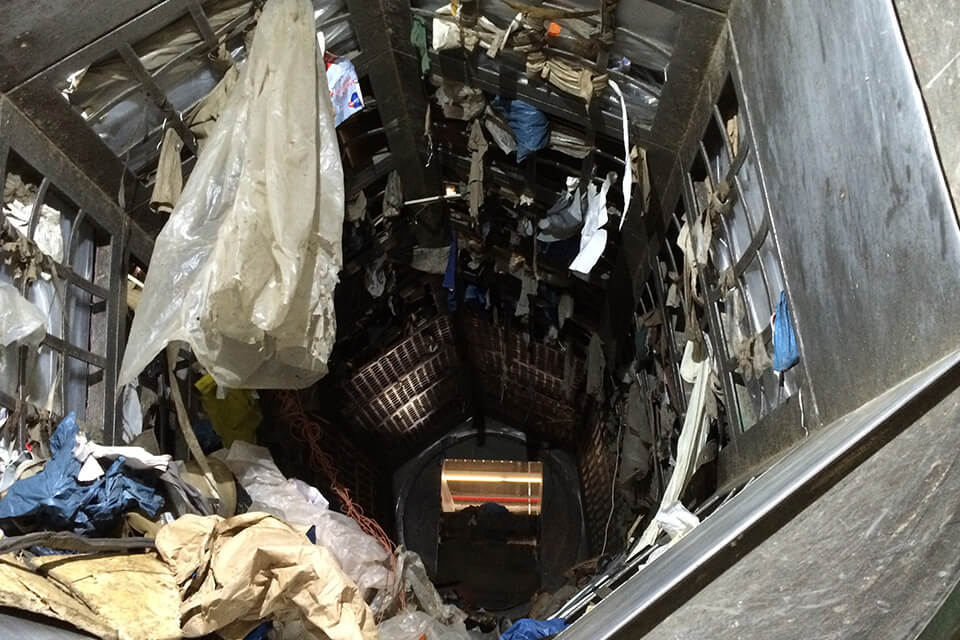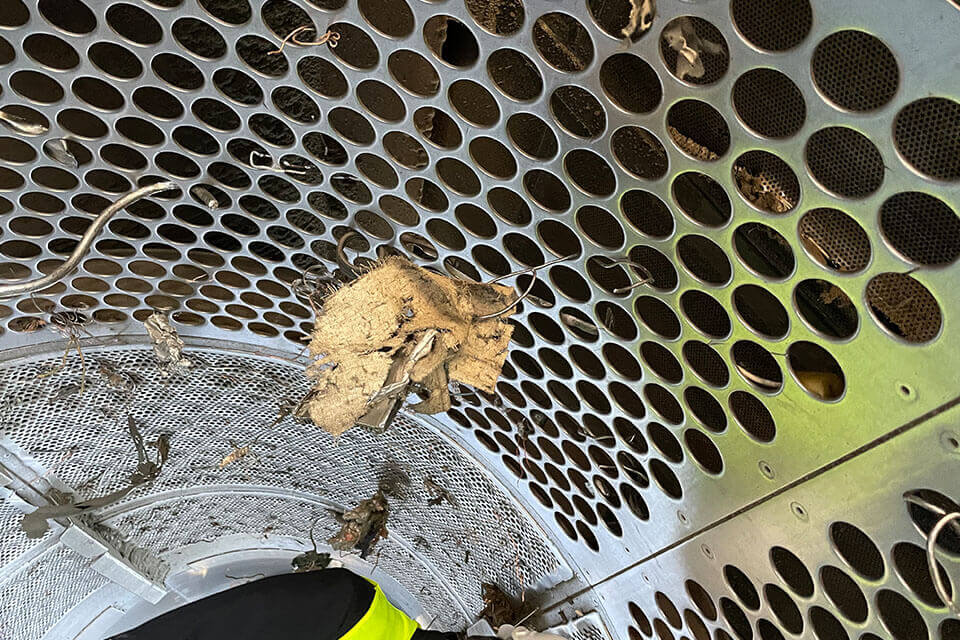What are trommel screens?
Trommel screens belong to the family of screening machines. They are also known as trommel screens or trommel screening plants as well as drum screens or rotary trommel screens. Trommel screening machines are used to screen different screening materials, i.e. they separate them according to size. This process is also known as classification or grading screening.
They consist of a long cylindrical trommel that rotates on its own axis and is equipped with screen perforations or screen plates. As the material rotates, smaller particles should fall through the perforations and larger material should be transported out of the trommel.
Although trommel screens are relatively well known in practice due to their long history, they offer the user significant disadvantages when screening recycling materials. These include, in particular, the low separation efficiency and low screening quality, the associated high maintenance and cleaning costs and the inferior feeding of recycling materials to downstream sorting devices such as magnetic sorters or sensor sorting devices.
As your manufacturer for screening machines with optimum screening results, we offer you first-class alternatives to replacing trommel screens. We would be happy to advise you!
 USA
USA
